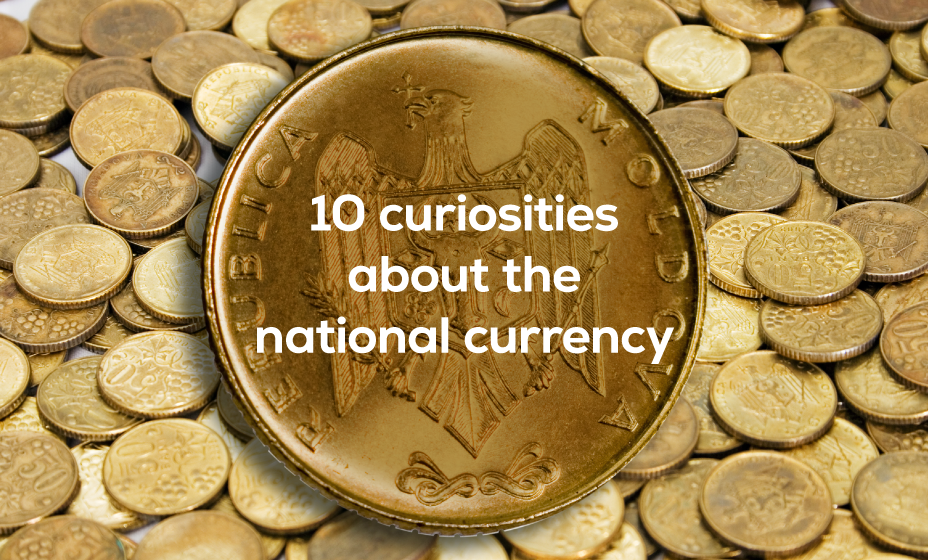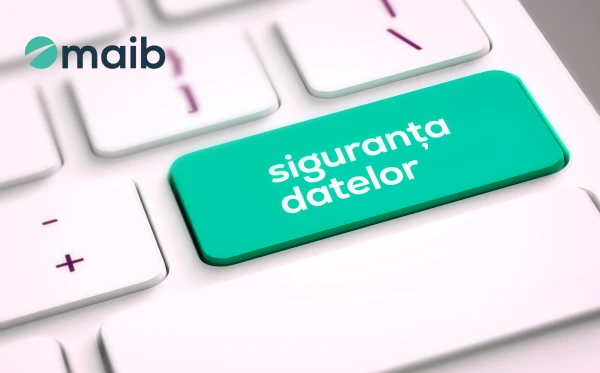Throughout history, money has evolved and changed, and humankind has fully understood its value and importance. From shells, stones and coffee beans to electronic money and bank cards, it has evolved thousands of years, and there's no telling what metamorphoses lie ahead.
Historians claim that the first coins began to be made in the 7th century BC. The whole world has changed significantly between then and now, with the coins' value and appearance. So, on November 29, 1993, the Republic of Moldova reached a moment of historical importance when it put the national currency into circulation, giving it whole meaning and value with the help of the tools accumulated over time.
We have prepared ten curiosities to mark the 30th anniversary of the introduction of the national currency.
- Have you ever wondered where the name of the Moldovan leu comes from? The name of our national currency was obviously taken from the Romanian leu, which, in turn, comes from the rampant leu on the reverse of Dutch talers, which circulated in the Romanian Principalities between 1650 and 1700.
Even after the talers were discontinued, the name leu was kept as a generic term for money, and in 1867, the leu became the monetary unit of the United Principalities.
- The first documentary record of the "ban" appeared in 1413. The name comes from the name of the coins of the voivodships of Croatia and Slovenia - dinarii banales - which circulated in Romanian countries since 1270.
- The first coins issued by the Romanian Principalities were made of bronze, of 1, 2, 5 and 10 bani and were minted in England. The first paper money, however, was mortgage notes, issued in 1877, with nominal values of 5, 10, 20, 50, 100 and 500 lei.
- Do you know who designed the national currency? The author of the design of our banknotes is the plastic artist Gheorghe Vrabie, who worked on the design of the national currency in the printing house of the Romanian National Bank in Bucharest because "conditions in Chișinău were inappropriate".
Not even Gheorghe Vrabie's family knew where he was and what he was doing while working on the design of Moldovan banknotes. "I worked for three months in Bucharest, with the sentry next to me, without anyone knowing where I was, because the authorities were careful not to leak information," he said.
- The eight banknotes with 1 to 1000 lei denominations are printed in France. Moldovan coins, however, are minted at the State Mint in Romania, except for the 50 bani, which are produced in the Czech Republic.
- The first Governor of the National Bank, Leonid Talmaci, signed his name 19 times before the signature placed on the first banknotes was chosen.
- The first commemorative coin of the Republic of Moldova appeared in 1996 when our country marked five years of independence. The National Bank of Moldova minted the coin. From 1996 to date, the NBM has issued 188 commemorative coins, which can be found at the institution's museum.
- The most expensive coin in the Republic of Moldova was launched in 2018 to commemorate the 100th anniversary of the Union of Bessarabia with Romania. The coin is made of pure gold and weighs 31.1 grams. The gold value of this coin alone is almost $2,000, making it the most expensive national coin and the most difficult to find among collectors.
- Initially, three banknotes or coupons were put into circulation: 1, 5 and 10 lei short-term banknotes with a single security feature. The 5 lei banknote was blue, the 1 lei yellow and the 10 lei red, evoking in tandem the colours of the Moldovan flag.
The 20, 50, 100, 200, 500 and 1000 lei banknotes issued later and are still in circulation today have ten security features.
- Did you know that the Moldovan leu could have been called "ducat" or "taler"? In the early 1990s, some of the country's leaders proposed giving the national currency the name of ducat or taler.
However, the team making the banknotes rejected the proposal, and it was decided that the national currency would be called the Moldovan lei.


 maibank
maibank
 maib business app
maib business app
 online loans – legal entities
online loans – legal entities
 internet banking - individuals
internet banking - individuals
 new internet banking - maib business
new internet banking - maib business
 internet Banking - BankFlex
internet Banking - BankFlex




